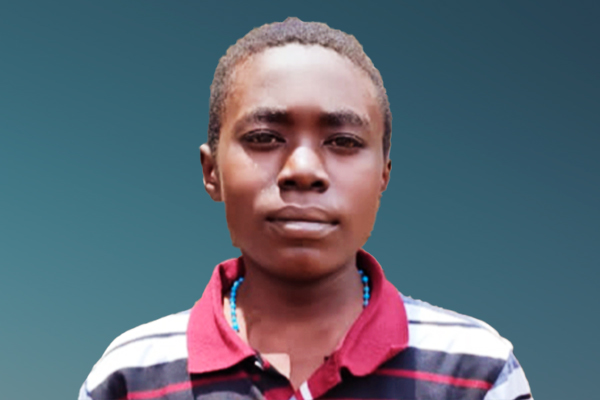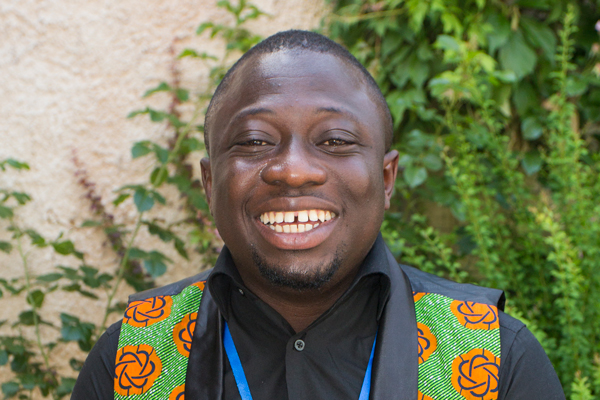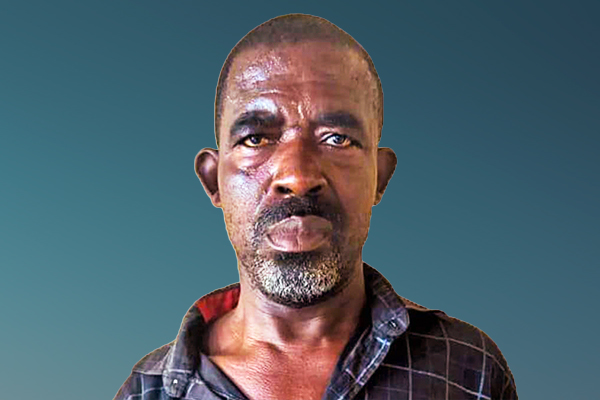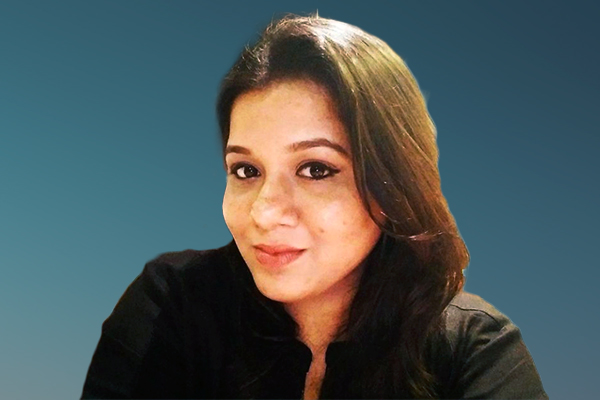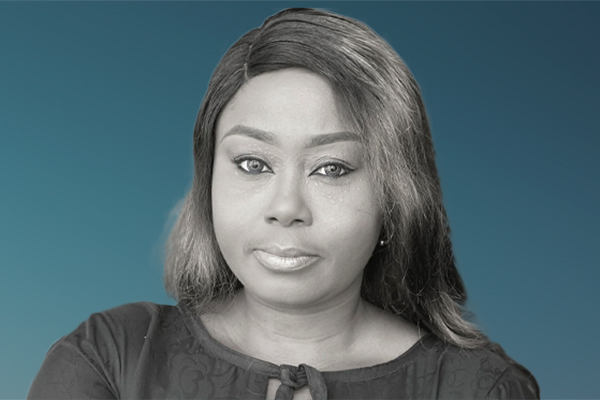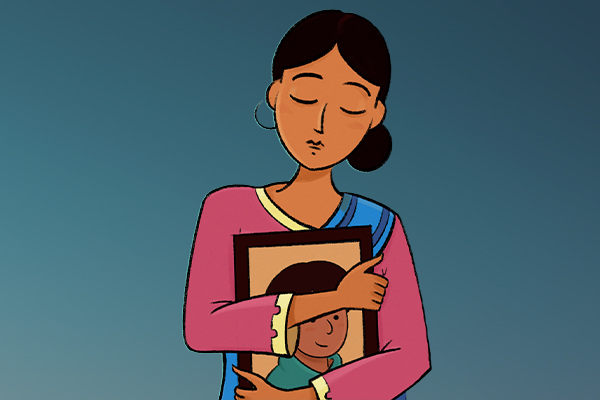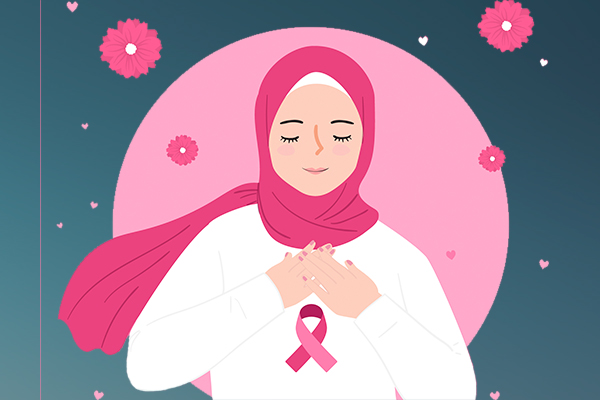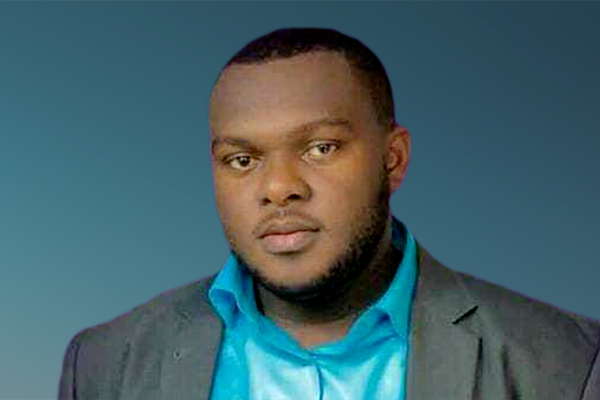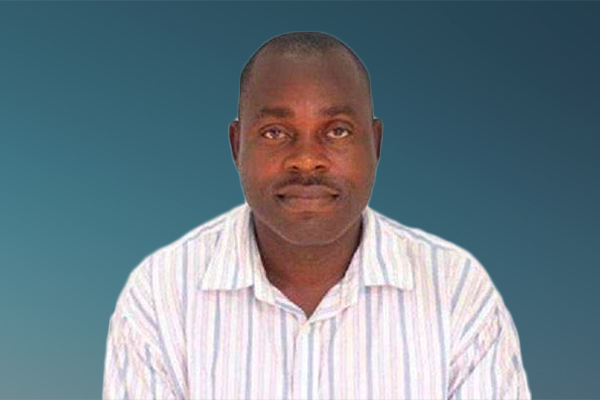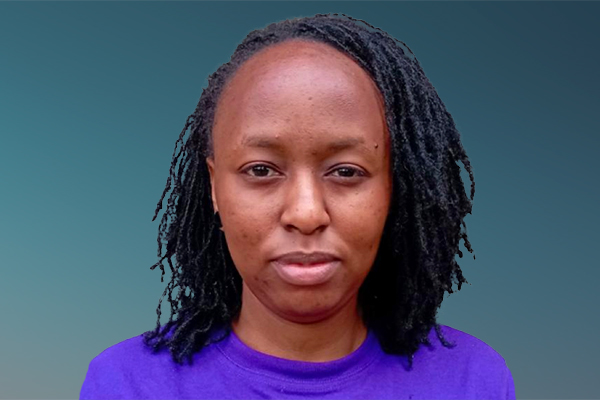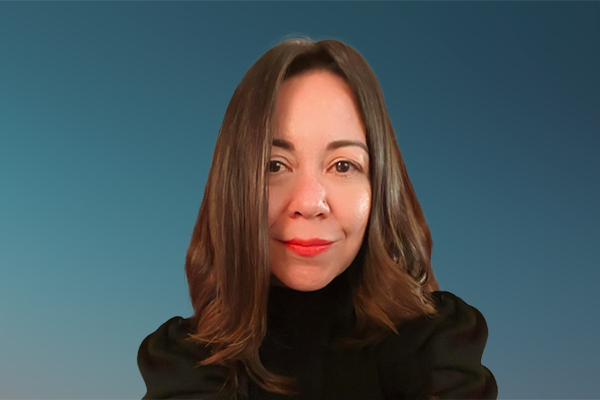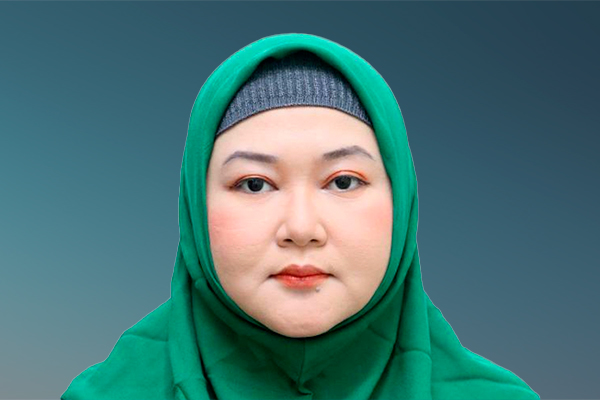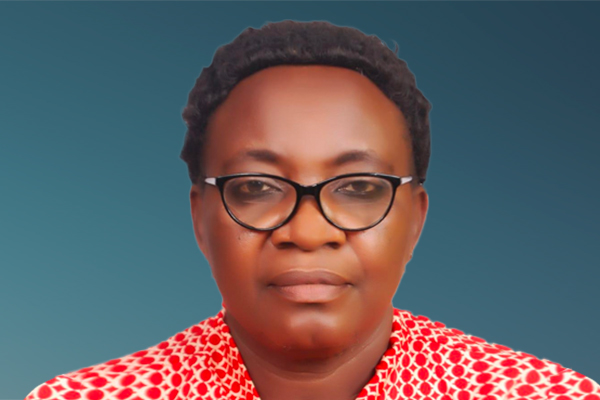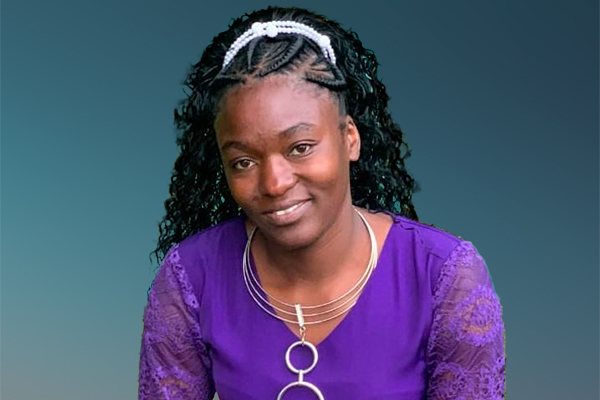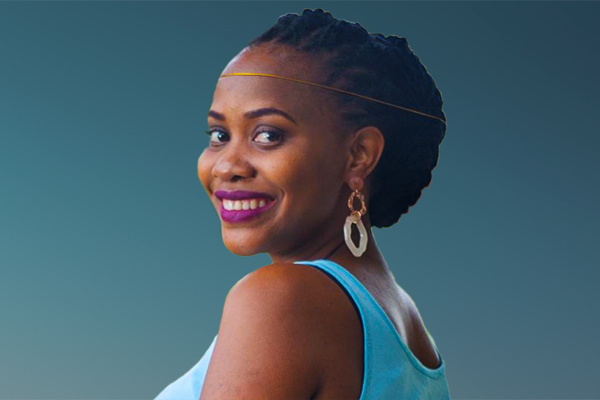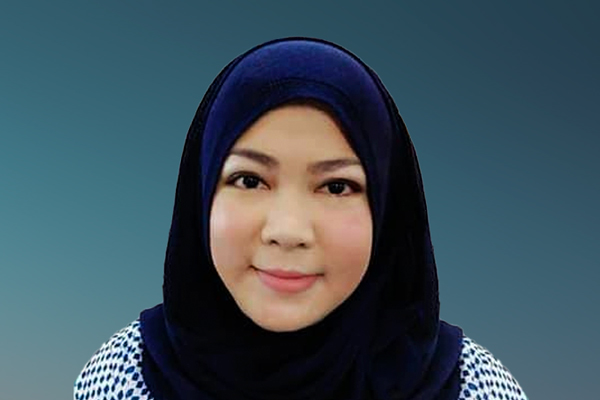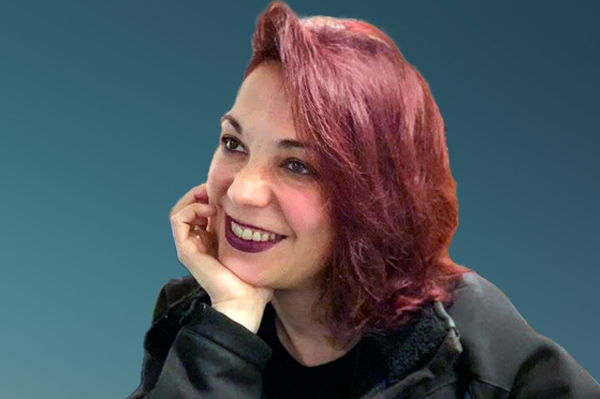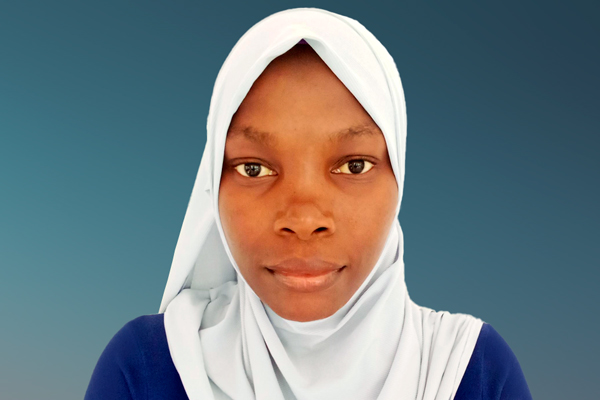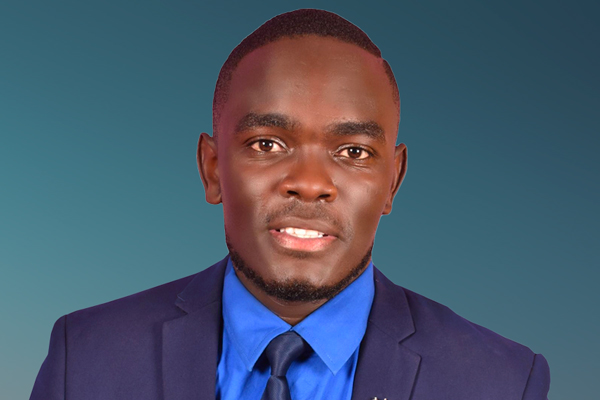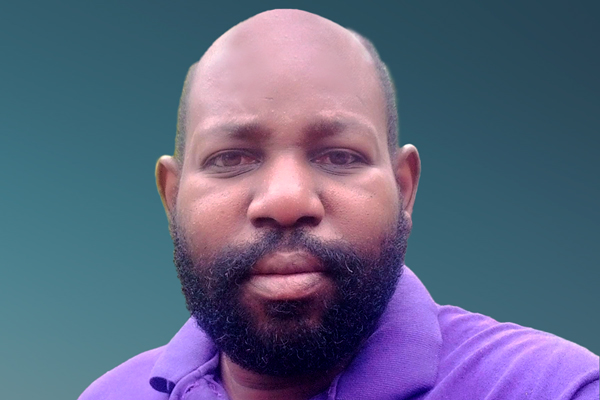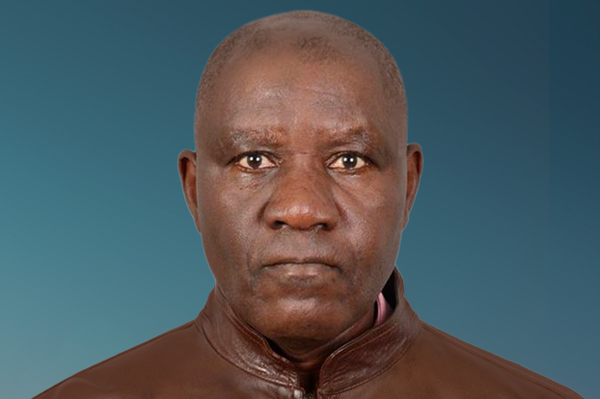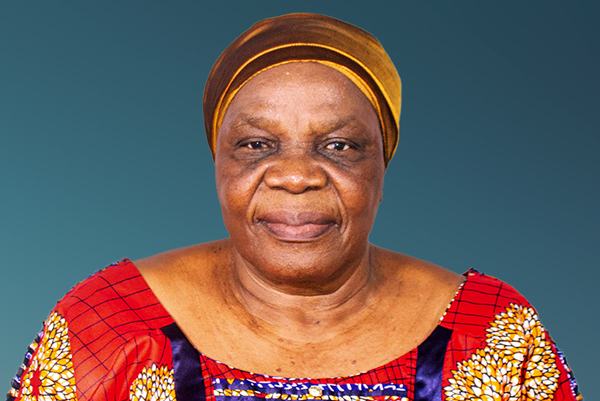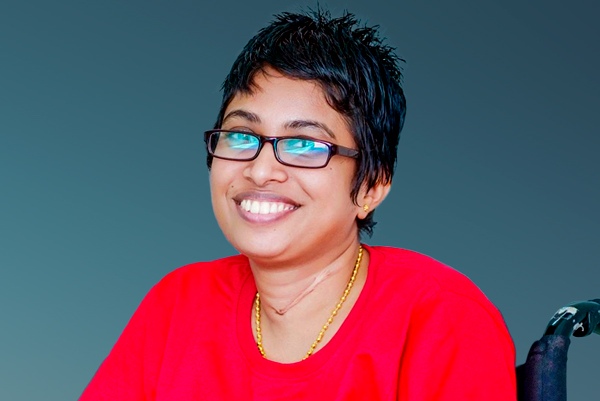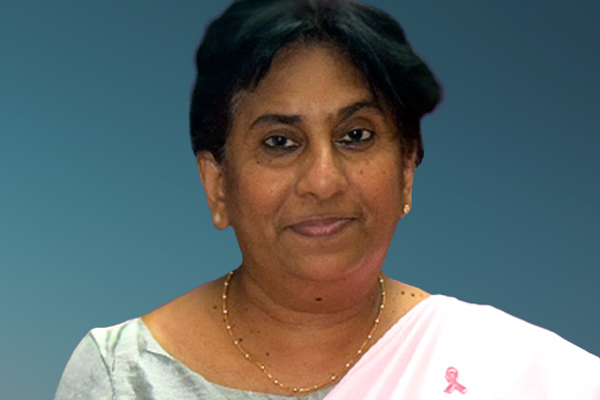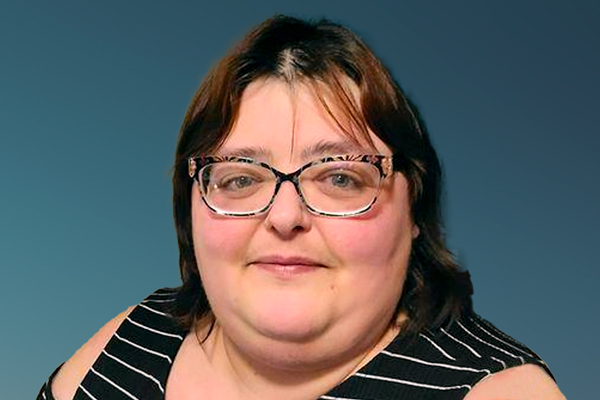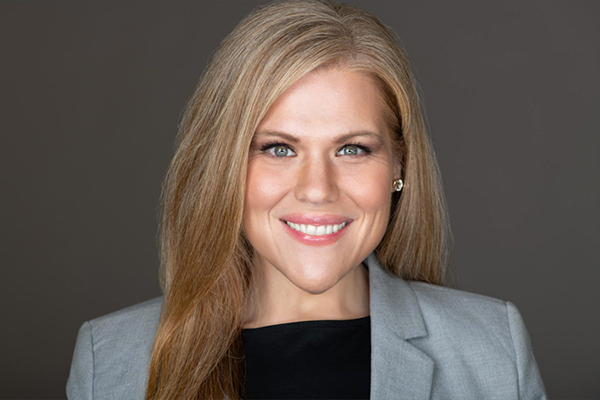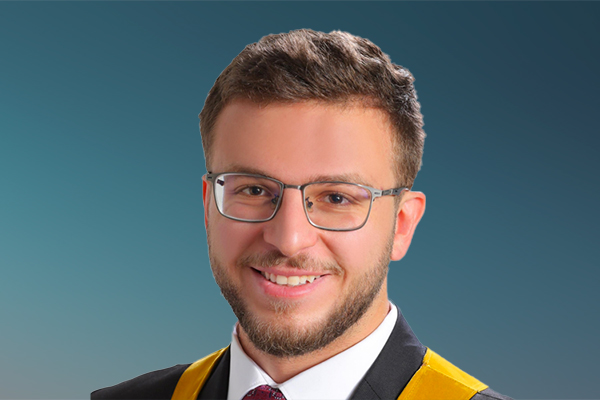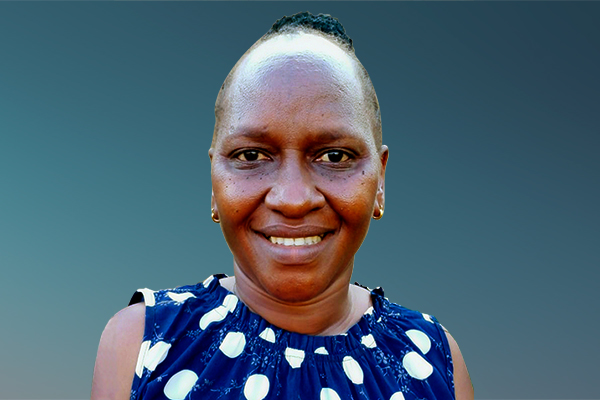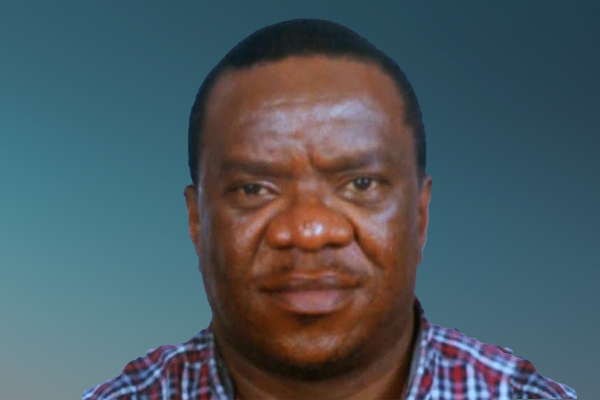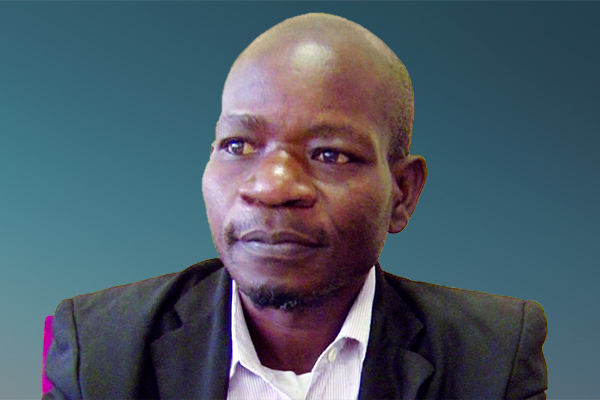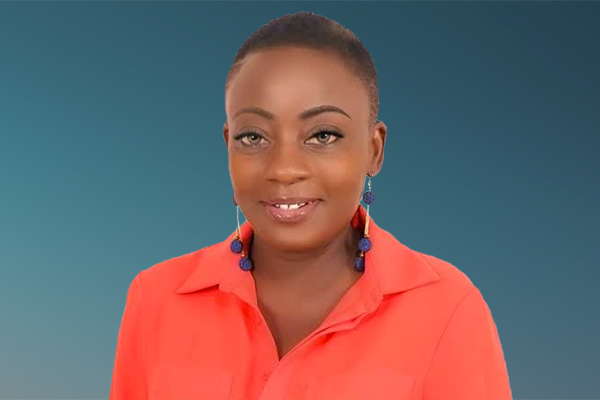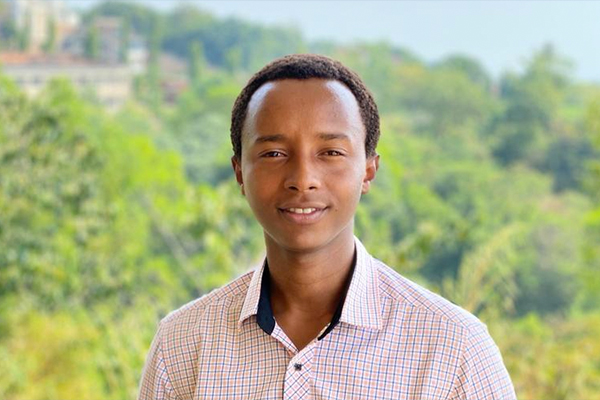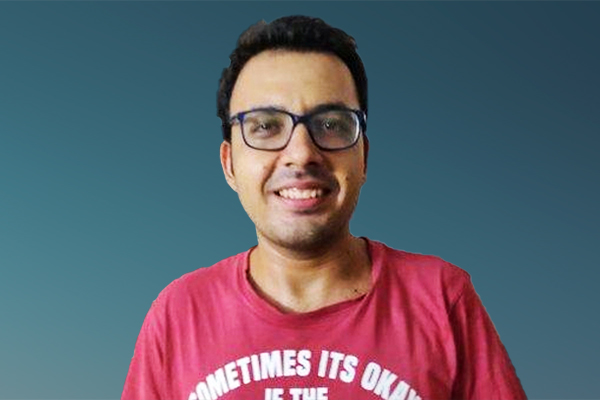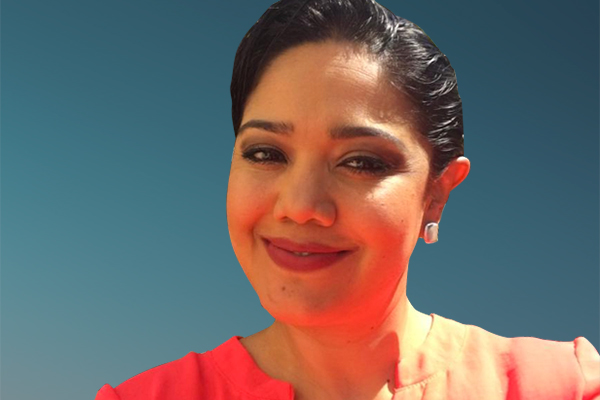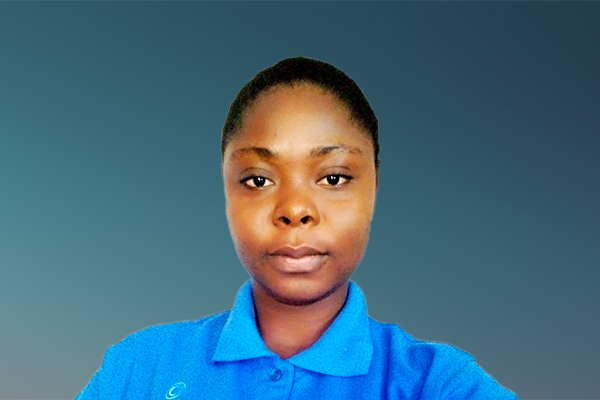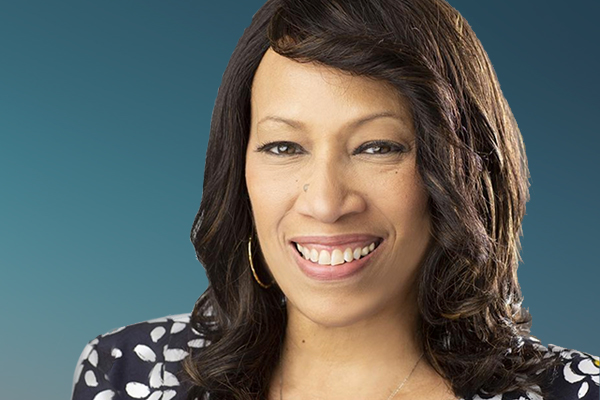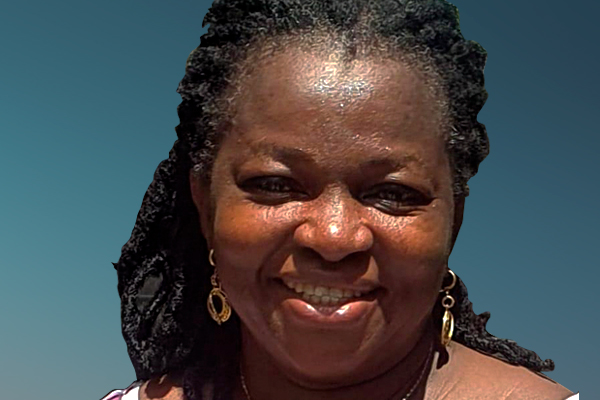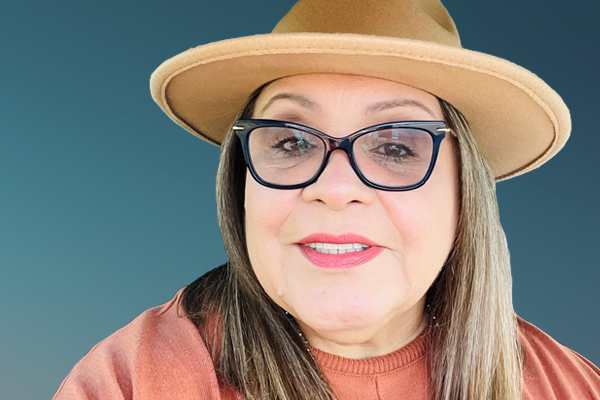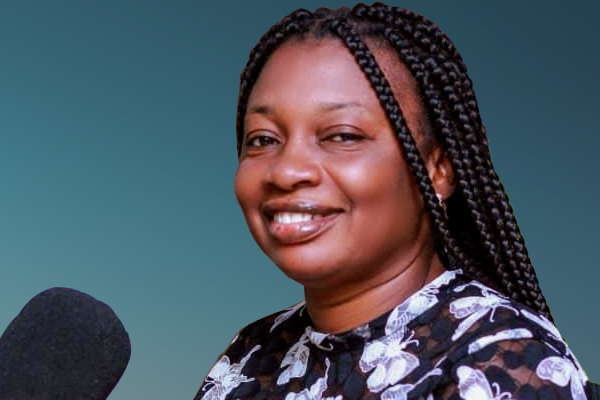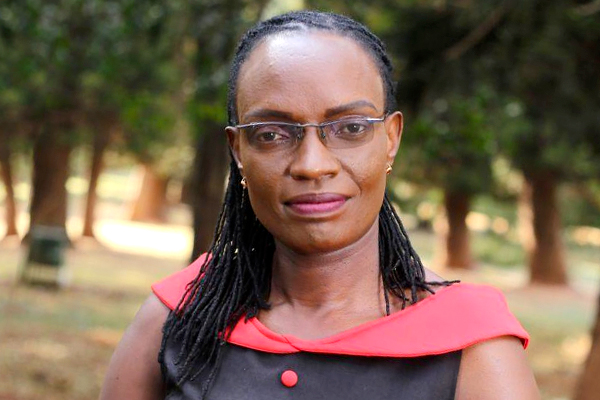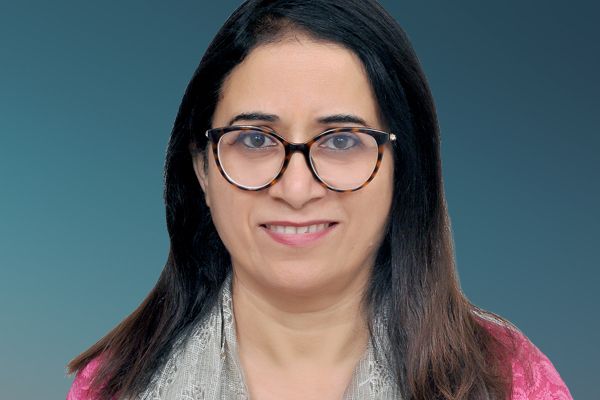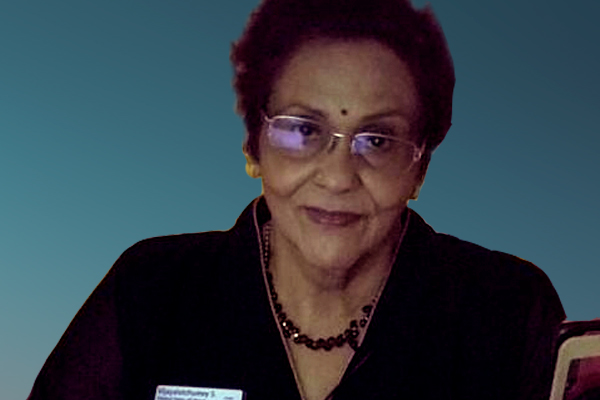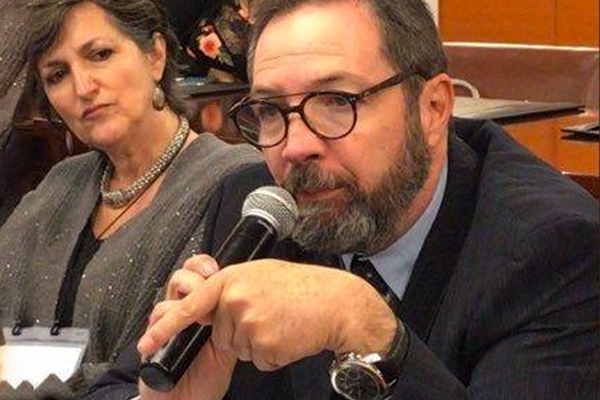In this episode, I will be sharing insights from my sickle cell community and also of other people in my community of people living with NCDs, to discuss shared challenges around access to affordable treatment and care in Kenya.
The prevalence of non–communicable diseases (NCDs) is rising in low and middle–income countries including Kenya, and unfortunately not enough is being done to ensure that care is affordable for all.
I will share with you some data that was collected in Kenya by the East African Economics and Implementation Group (EAEIG), who compare the costs of public and private services in U.S. dollars.
NCD screening costs ranged from $4 to $36 while diagnostic procedures, particularly for breast and cervical cancer, were substantially more expensive. Annual hypertension medication costs ranged from $26 to $234 and $418 to $987 in public and private facilities, respectively. Stroke admissions ($1,874 versus $16,711) and dialysis for chronic kidney disease ($5,338 versus $11,024) were among the most expensive treatments. Cervical and breast cancer treatment cost for stage 111 (curative approach) was about $1,500 in public facilities and more than $7,500 in private facilities.
There is medical insurance in Kenya called ‘national hospital insurance’, which a person is eligible for once they turn 18 years of age. However, a large proportion of Kenyans aged 15 to 49 years do not have health insurance, this is what makes NCD services unaffordable for most people given the overall high cost of services relative to income (average household expenditure per adult is $413 per annum). For those that do have national hospital insurance, this insurance is only largely available for inpatient services. For example, for those living with sickle cell, only inpatient services are partly covered. An exception includes cancer treatment, where the national insurance fund will cover both inpatient and outpatient services though a top–up is always needed (you have to add cash on top).
For civil servants, they have two insurance cards, one is national health insurance card and another one which is a private medical insurance. For civil servants with families, their children and spouses are covered in the insurance. Once the children reach the age of 18 years, the insurance will stop covering them as they need to have their own. A large proportion of Kenyans don’t have insurance as they cannot afford to remit $5 US dollars monthly, due to joblessness.
With this background, I will now discuss with you the realities of people in my community that are living with NCDs, starting with my own family. My grandmother (my mom’s mom) was diagnosed with diabetes when she was 65 years of age, and when she turned 70 years, she was diagnosed with Alzheimer’s. My mother took on the role of being the carer for my grandmother, which had its challenges psychologically, socially and financially. For my Grandmothers treatment cash was used as the insurance card only worked in public hospitals.
Sometimes my grandmother could not eat, the medication was very expensive and getting that quality care for her was very challenging. She was dealing with memory loss and could only remember things that had happened in the past.
As for my mom she was a primary school head teacher, and was diagnosed with diabetes at age 51. Although shocked at the time, she received insurance cover for her treatment at a private hospital, which was well‑managed as she went for a checkup every month. Though with her medication and new health regimen she began to lose weight, she developed a painful growth in her right hand.
She went to a private hospital and was booked for minor surgery to remove the growth which was covered by insurance. The growth was associated with oesophageal cancer, yet at the time she was not referred to oncologist. However, 6 months later she experienced more weight loss and had difficulty sleeping and eating. Having worked in hospital as a volunteer I encouraged my mom to seek medical help. She went to a public hospital where they did different diagnostic tests like a chest CT scan, MRI, endoscopy and biopsy. For the MRI, endoscopy and biopsy, my mom had to use cash as these tests were not covered by insurance. They were expensive, ranging up to $550 USD and drained my mom financially.
She was also sent to do PET scan to test for cancer at the Aga Khan Hospital in Nairobi, a private hospital and the only one in Kenya with a PET scan machine. This test cost about $720 USD, and she also had to pay out-of-pocket as her insurance coverage was not paying for it. This was because the insurance personnel said that my mom didn’t go to the hospitals the insurance cover. On top of this, there were costs associated with travel for my mom and also myself and siblings who travelled to Nairobi with her. The results of the test revealed that she had primary stage oesophageal cancer. This was shocking news as my mom was someone who was careful with her health and what she ate. Later she was advised that she do surgery to remove her growing tumor and she was booked for the surgery. But through all these processes, neither my mom nor my family was counselled or told what the diagnosis meant for my mom. The tumor my mom had showed in the pet scan it was located in the oesophagus.
Psychological counselling for NCDs is really important as families and the patient can ask any concerns they have, and is available in some hospitals such as the international cancer institute. However, this was not offered or available to my mom or our family, which was difficult for us.
Unfortunately for us we lost our mom when she was 56years through complications from surgery and if she was well managed, for example if my family could have had a better dialogue and counsel from my mom’s doctor before she went for surgery. For our family we felt as if mom’s treatment was rushed, and she was only given one option which was surgery, with the doctor failing to disclose to the family why surgery was preferred. Maybe if we had better advice and awareness on different treatment options my mom could have lived for some years, as I have seen through my friends living with different types of cancer that if well‑managed, they live a normal life.
Coming back to sickle cell disease, I come from a family of five children, including me, my two brothers and two sisters. One of my brothers was diagnosed with sickle cell when he was age 1. He had suddenly become sick and when he was taken to the hospital they found out that he was very anaemic after the sickle test was done – this is how he was diagnosed with sickle cell. Symptoms of sickle cell are often mistaken for other diseases as they are similar to malaria, for example. Therefore, there is often the issue of misdiagnosis for many. Like my brother, for a person living with SCD who is very anaemic, their heart beat becomes very rapid and they become weak, so often they are misdiagnosed for having heart disease. When my brother was a child he was covered under my parent’s insurance but now as an adult working as a civil servant the insurance card covers for his inpatient and outpatient treatment.
For haemophilia a blood disorder the national insurance card covers them as for the medicine they use known as factors they are donated by donors.
Coverage for sickle cell in Kenya varies; for people living with SCD and are not employed they need to remit a subscription of $5 US dollars monthly for the insurance to cover their inpatient bills. For patients with a national insurance card, sickle cell is considered as inpatient but for those with 2 or more cards they get treated for both outpatient and inpatient services. It means using around $1,000 US dollars for a one‑year subscription for private insurance, but you get treated for both outpatient and inpatient.
Some of the shared challenges people with NCDs face, for example, cancer centres, sickle cell clinics and haemophilia clinics are few, for those patients who come from areas they don’t have those clinics they have to travel in different part of the country to access treatment and for some for example haemophilic patients if they are bleeding and do not seek medical attention on time some of them lose their lives because of delays. In the case of cancer patients delays in finding cancer centres makes those patient the disease progresses from one stage to another because of delays.
Paying cash every time one needs to be reviewed becomes a burden for many families. For sickle cell they use cash every time they go for review despite having medical insurance as it doesn’t cover outpatient services. For cancer in public hospitals the insurance card covers both outpatient and inpatient services for treatment but for diagnostic testing such as CT scan, PET scan, biopsy, they use cash as the insurance does not cover that.
While in private hospitals they will need to pay for consultation fee then the card will only pay for their treatment. because treatment of cancer is expensive a lot of families in Kenya sell land to help their loved one get treatment.
Some NCDs are covered in Kenya. For example, the National health insurance will pay for cancer treatment in government hospitals but those who are self‑employed or not employed will need to make a prior payment of $120 US dollars before the start of treatment.
For those who are civil servants the card pays for everything and they don’t need to make a prior payment of $120 UD dollars to be considered for treatment in case of being diagnosed with cancer.
In Kenya, late diagnosis of cancer causes many families to lose loved ones, so early screening will help to prevent cancer related deaths. There are also successful stories of people I know who were diagnosed early and got successful treatment for an example my best friend Nancy Odari who is a breast cancer survivor and cancer advocate, she was diagnosed early and was treated in cancer center in Eldoret. She has been cancer‑free for five years after the national medical insurance covered her treatment.
UHC coverage for NCDs will reduce the death associated with NCDs due to lack of affordable quality health care, it will also open ways for more NCD clinics to be opened in different parts of the country. Stigmas associated with NCDs will reduce as parents will be able to take their kids in hospital, and will not feel the financial burden associated with NCD treatment.
If UHC was implemented in Kenya and they integrated all NCDs, not only a few, it will improve the quality life of people living with NCDs how they are cared for in terms of getting quality healthcare. The burden experienced by family whenever a family has been diagnosed with cancer and the family has to sell properties to cater for the treatment will lessen the burden faced by families.
If UHC is implemented diagnosis of NCDs will improve and it will prevent early deaths as patients will be started on treatment early.

